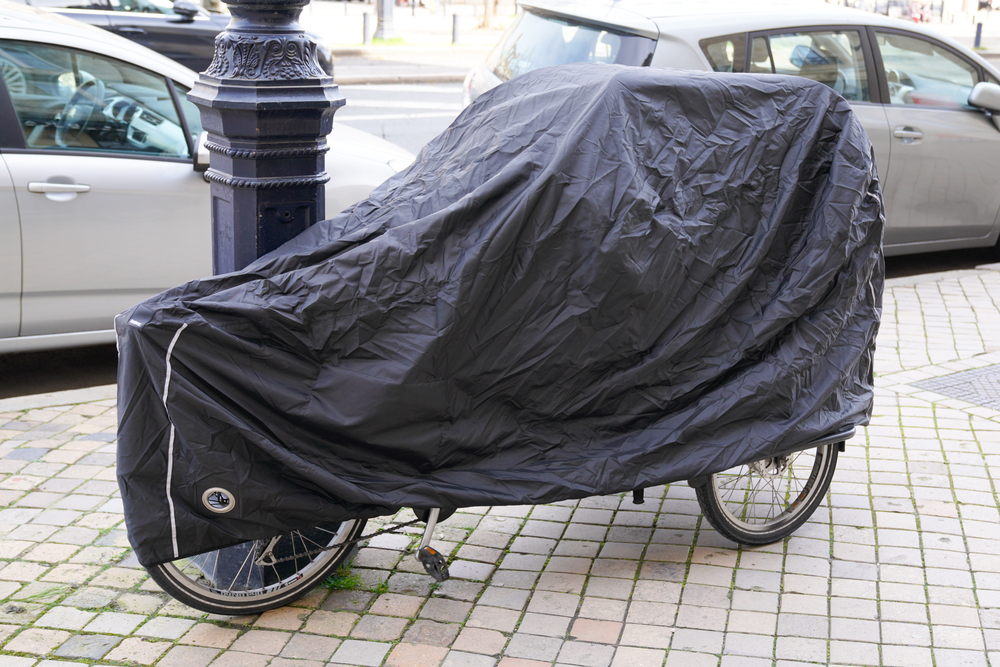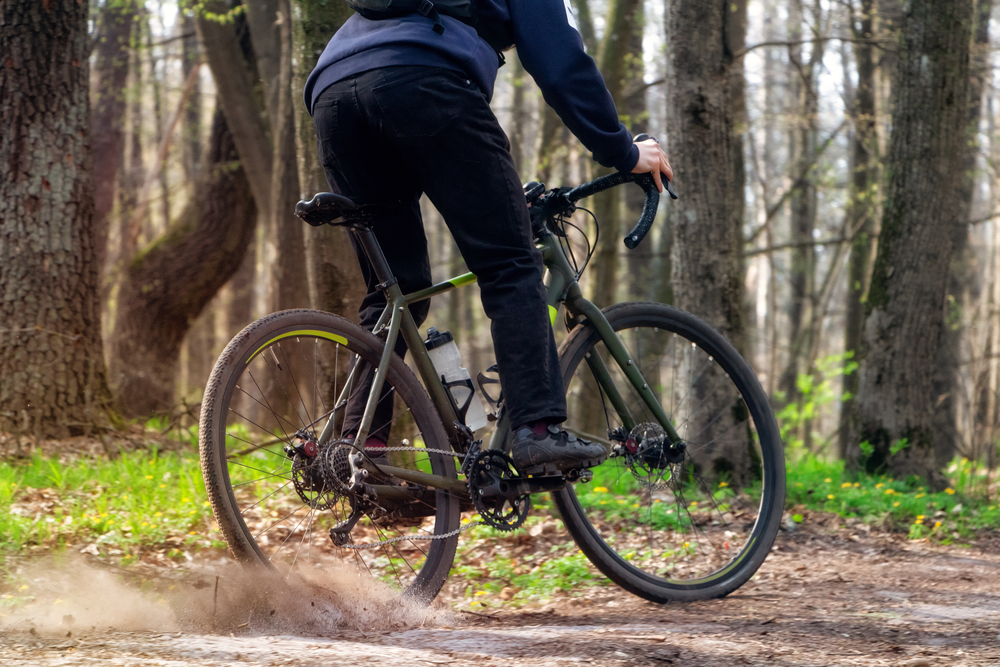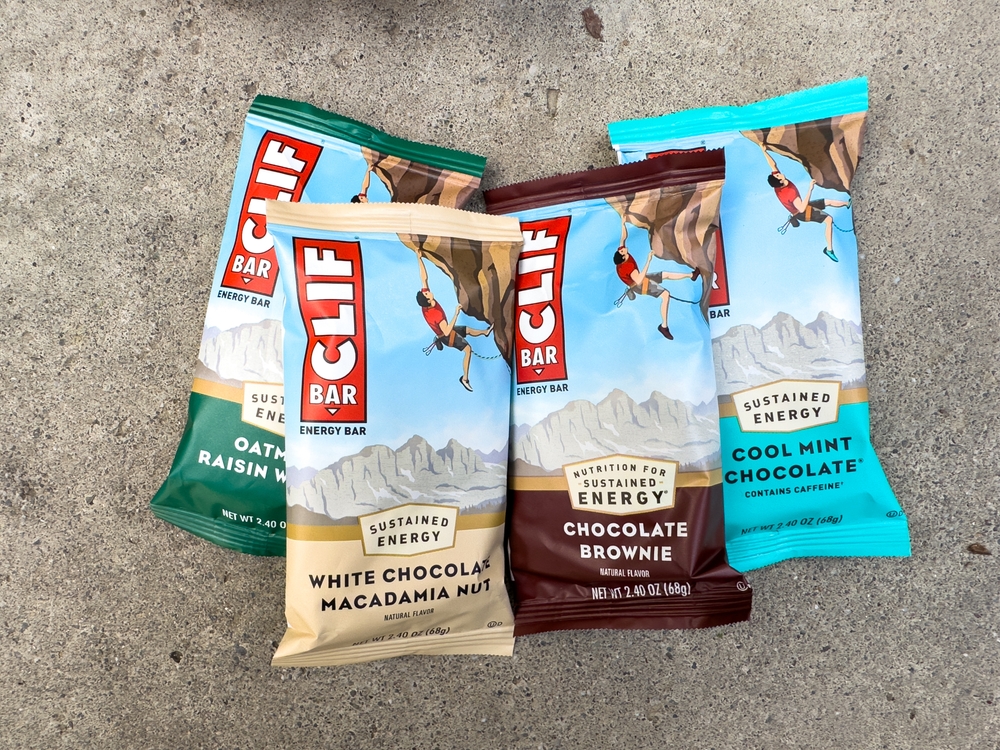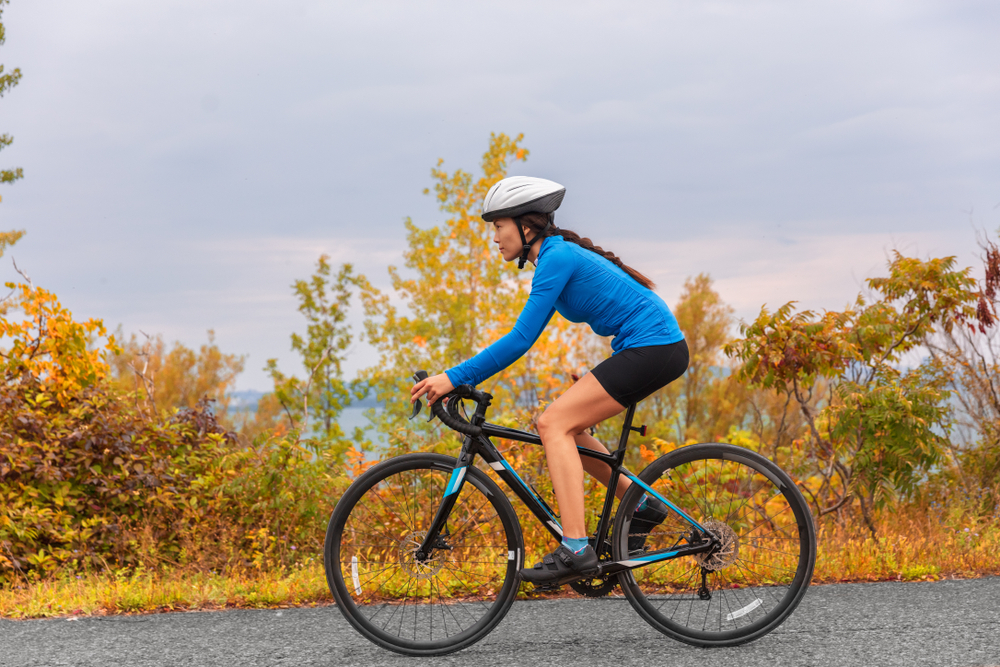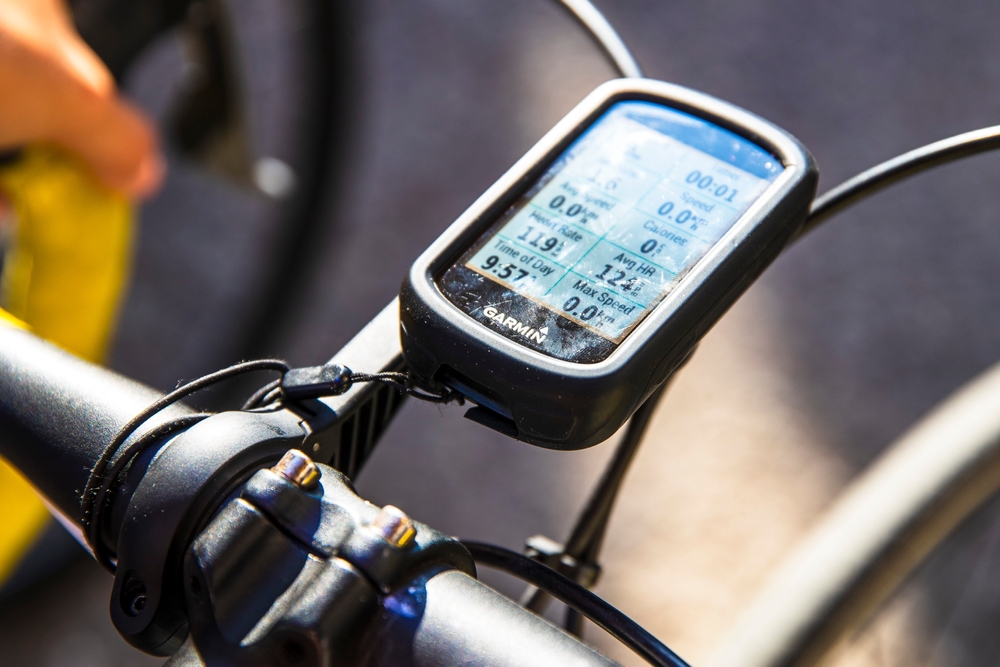Understanding Gravel Shoes: A Comprehensive Guide
Gravel shoes are an essential piece of gear for cyclists who frequent unpaved roads and trails. Designed to offer comfort, durability, and traction across various terrains, these shoes are a hybrid between road and mountain biking footwear. Here, we break down the key features, benefits, and considerations when choosing gravel shoes.
Key Features of Gravel Shoes
Gravel shoes blend characteristics found in both road and mountain biking shoes. Here are the primary attributes:
- Sole Stiffness: Unlike road shoes that prioritize maximum stiffness, gravel shoes offer a balance. This balance ensures efficient power transfer while allowing for some flexibility, which is crucial for walking or hiking sections.
- Tread Pattern: The outsoles typically feature aggressive treads or lugs. This design improves grip on loose surfaces, offering better control and stability.
- Cleat Compatibility: Most gravel shoes use a two-bolt cleat system. This system is common in mountain biking shoes and aids in easy walking without the cleat protruding.
- Durability: Constructed to withstand rough conditions, these shoes often have robust materials and reinforcement in high-wear areas.
- Fit and Comfort: Gravel shoes generally have a snug fit to ensure efficient pedaling. However, they also allow for some toe wiggle room to prevent discomfort during longer rides.
Benefits of Using Gravel Shoes
Choosing gravel shoes offers several advantages for off-road cyclists:
- Versatility: These shoes perform well on various surfaces, reducing the need for multiple pairs. They can handle gravel paths, forest trails, or even the occasional paved section.
- Traction: With superior grip, gravel shoes minimize the risk of slips, especially on uneven or wet trails.
- Comfort on and off the bike: Their design accommodates both cycling and walking, providing comfort during breaks or when navigating less rideable sections.
Choosing the Right Pair
Consider these factors to find the perfect gravel shoes:
- Riding Style: If you lean towards more aggressive off-road riding, opt for shoes with robust tread patterns. For smoother gravel roads, a less aggressive design might suffice.
- Fit: Try on several brands if possible. Pay attention to how your feet feel after a few minutes. Ensure there’s no pressure on the toes or sides of the feet.
- Weight: Lightweight gravel shoes can reduce fatigue on longer rides. However, ensure that reduced weight does not compromise durability.
- Ventilation: Shoes with good breathability help keep feet cool and dry, especially in hot weather.
- Protection: Look for features like reinforced toe caps and sturdy upper materials. This will protect against rocks, roots, and other trail debris.
Popular Brands and Models
Several brands have earned a reputation for producing top-quality gravel shoes:
- Shimano XC5: Known for their comfort and reliable performance, these shoes strike a balance between stiffness and flexibility.
- Giro Privateer: These are versatile and durable, offering excellent traction and comfort for long rides.
- Sidi Jarin: Priding themselves on craftsmanship, Sidi offers shoes with exceptional fit and ruggedness.
- Specialized Recon: These shoes combine lightweight construction with superior grip, ideal for varied gravel conditions.
Maintenance Tips
Proper care extends the life of your gravel shoes:
- Clean Regularly: Remove dirt and mud after each ride. Use a soft brush and mild soap if necessary.
- Dry Properly: Always let your shoes air dry. Avoid direct heat sources which can damage materials.
- Check Cleats: Ensure cleats are tightened and in good condition. Replace them if they show excessive wear.
- Inspect for Damage: Regularly check for signs of wear or damage. Address any issues promptly to prevent minor problems from escalating.
The Importance of Proper Fit
A well-fitting shoe is crucial for comfort and performance. Here’s what to look for:
- Snug Heel: Your heel should not lift or slip while riding.
- Arch Support: Adequate support helps prevent foot fatigue over long distances.
- Spacious Toe Box: Ensure there’s enough room for toe movement without feeling cramped.
- Secure Closure System: Systems like BOA dials, Velcro straps, or laces should provide a secure fit without pressure points.
Adapting to Changing Conditions
Gravel riders often face varying conditions. It’s essential to adapt your footwear accordingly:
- Wet Weather: Consider shoes with water-resistant materials. Waterproof socks can also add an extra layer of protection.
- Cold Weather: Insulated shoes or thicker socks help keep feet warm. Look for shoes with less ventilation to retain heat.
- Hot Weather: Ventilated shoes and moisture-wicking socks maintain comfort and prevent overheating.
Special Considerations for Women
Many brands offer women-specific gravel shoes. These typically have differences in shape and sizing to better fit women’s feet:
- Narrower Heel: Women’s models often feature a narrower heel cup to prevent slipping.
- Lower Volume: Women’s shoes may have a lower overall volume to better fit smaller feet.
- Sizing: Some brands offer a wider range of sizes for women, ensuring a precise fit.
Transitioning from Other Cycling Disciplines
If you’re coming from road or mountain biking, you might wonder how gravel shoes differ. Here’s a quick comparison:
- Road to Gravel: Gravel shoes offer more grip and off-bike comfort compared to road shoes. They might feel heavier and less aerodynamically efficient but provide more versatility.
- Mountain to Gravel: Compared to mountain biking shoes, gravel shoes are lighter and sometimes less aggressive in tread, making them more comfortable on extended rides.
The Role of Socks
Pairing your shoes with the right socks can enhance comfort and performance:
- Material: Look for moisture-wicking fabrics to keep feet dry. Merino wool blends are popular for their temperature-regulating properties.
- Padding: Extra padding in key areas can provide additional comfort on rough terrain.
- Height: Consider longer socks for additional protection against debris.
Final Thoughts on Gravel Shoes
While this guide covers a range of aspects related to gravel shoes, personal preferences and specific riding conditions always play a crucial role in the final decision. Listening to feedback from other riders and reading reviews can also help in making an informed choice. Happy riding!
“`

